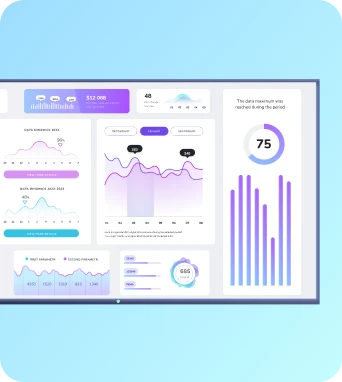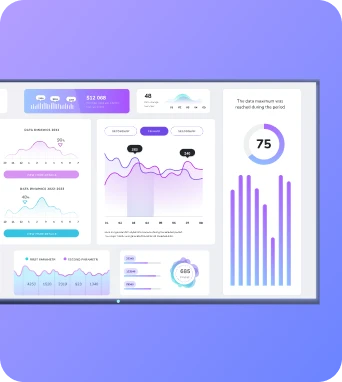Audio over IP
Audio over IP (AoIP) is the transmission of multichannel digital audio across standard IP/Ethernet networks using packetized protocols and industry standards.
Audio over IP
How Audio over IP Works
Key Benefits
- Scalability: add channels and endpoints without re-wiring; support many simultaneous streams.
- Flexibility: route audio in software, create dynamic signal paths, and integrate remote sources.
- Cost-efficiency: use commodity Ethernet infrastructure instead of extensive analog/digital snake cabling.
- Remote management and monitoring: configure, patch, and monitor devices centrally.
- Redundancy and reliability: network redundancy and stream backup reduce single points of failure.
- Interoperability: standards like AES67 improve cross-vendor connectivity.
Common Use Cases & Standards
Keep the learning going...
Audience engagement metrics
Audience engagement metrics quantify how viewers respond to digital signage and TV dashboards, tracking measures such as dwell time, views, repeat exposure, interactions and attention estimates. These metrics help signage managers, content producers and IT teams assess content performance, compare placements and make data-driven adjustments to schedules, layouts and creative.
Audio zones
Audio zones are configurable areas within a digital signage network that control which displays and speakers output sound, allowing independent volume, content routing and scheduling per space. They help manage overlapping sound, comply with local policies, and deliver targeted audio experiences across multiple rooms, floors or outdoor areas.
Audit trail
A chronological, tamper-evident record of actions and events that shows who performed what, when, and where, used for accountability, compliance, and investigation.



